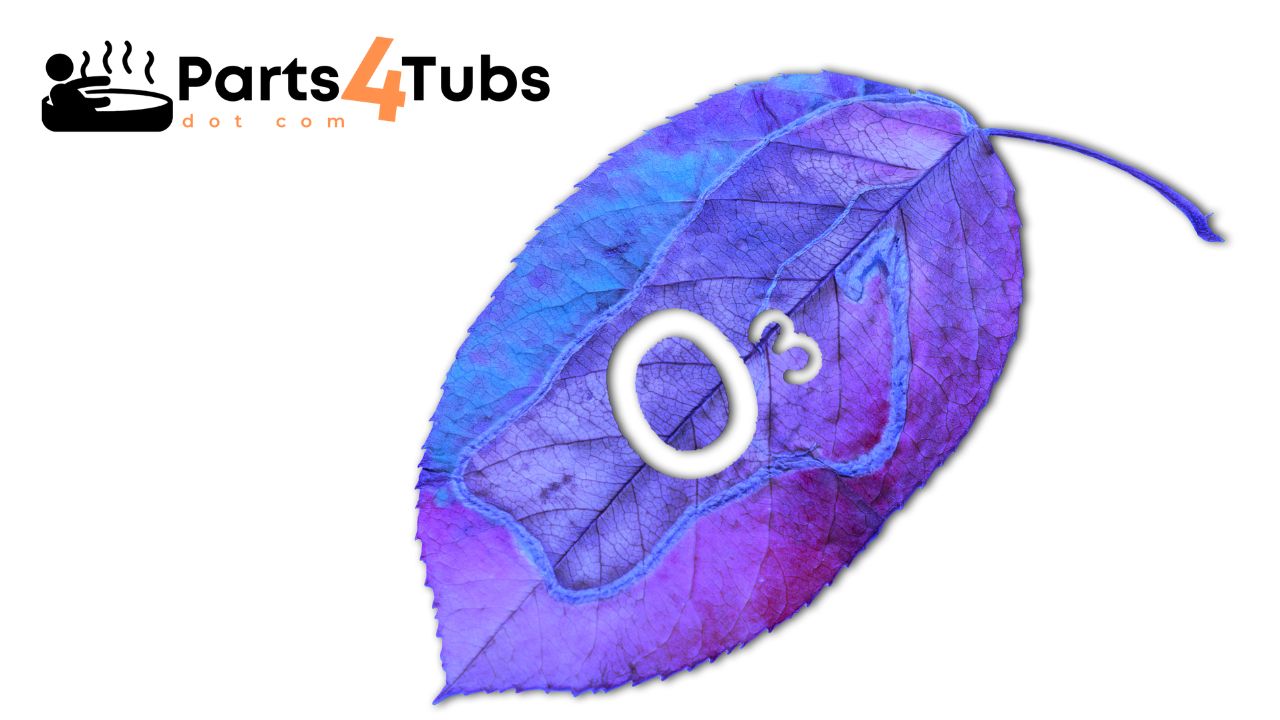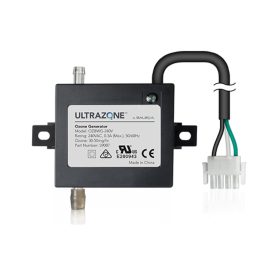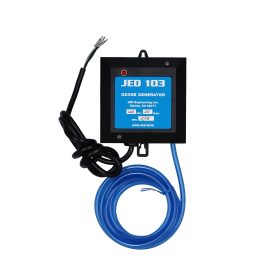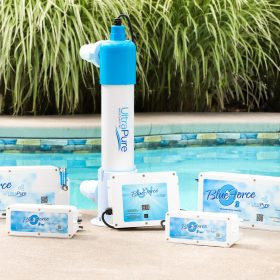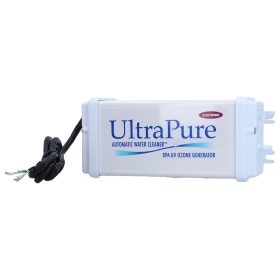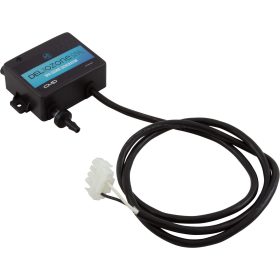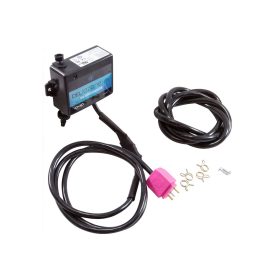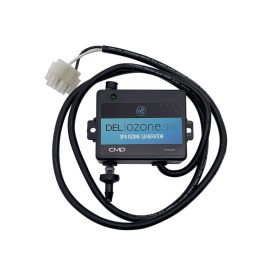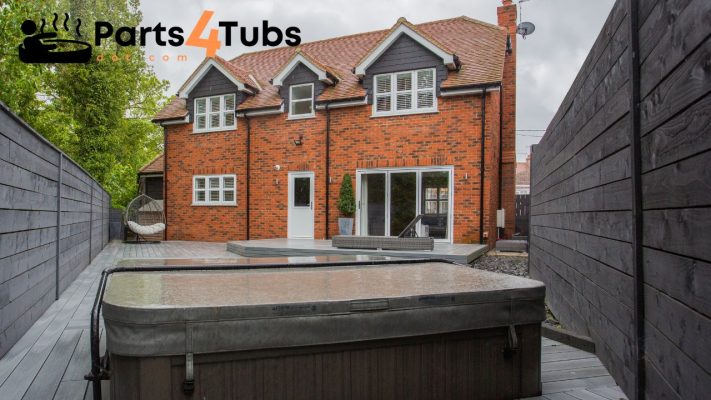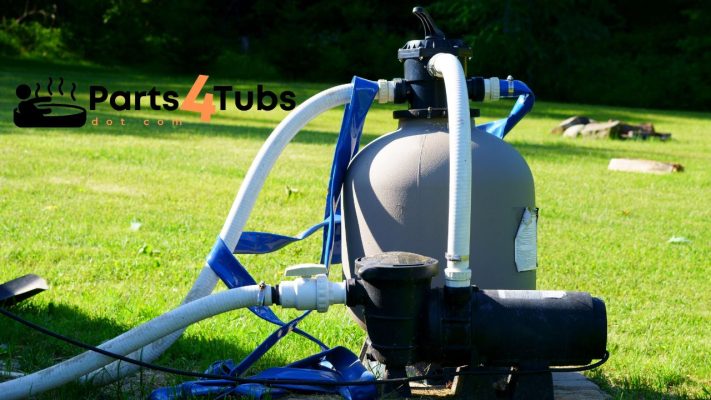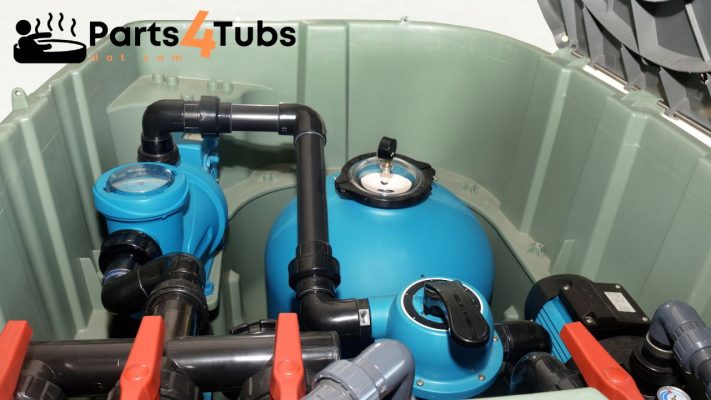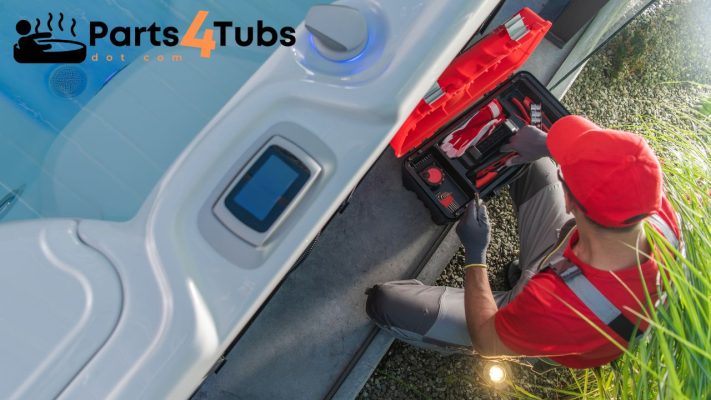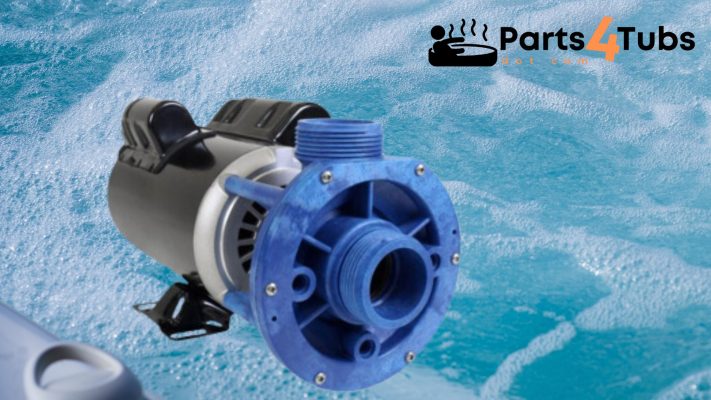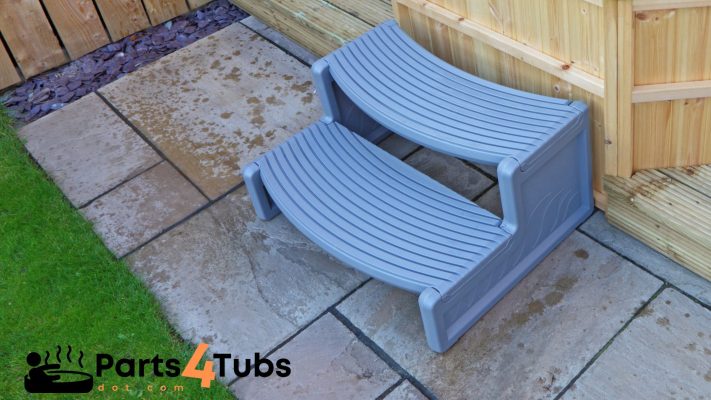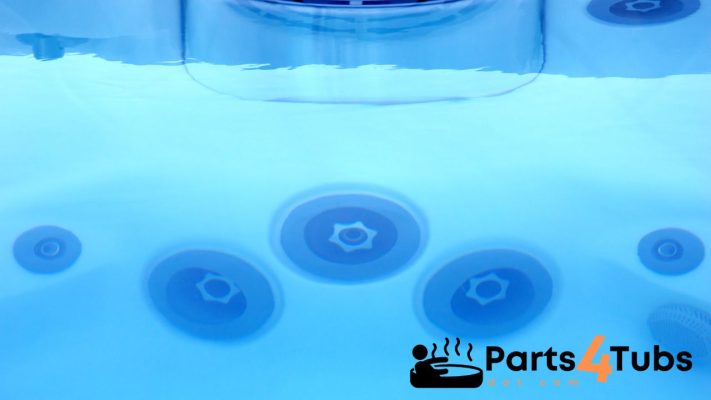Hot Tub Parts Related
What is Ozone in a Hot Tub?
Ozone in a hot tub? Imagine sinking into your hot tub, the soothing warmth embracing you as you let go of the day’s stresses. As your eyes close and your muscles relax, have you ever wondered about the secret behind that sparkling, inviting water?
I’m Andi, your hot tub aficionado from Parts4Tubs.com, and I’m here to unravel the mystery of ozone. It’s not just an atmospheric layer – it’s the unsung hero working diligently to ensure your hot tub experience is not only calming but also impeccably clean and safe. Whether you’re a seasoned hot tub enthusiast or just dipping your toes into the waters of hydrotherapy, understanding ozone’s role is pivotal for making the most of your soak. Join me as we dive into the captivating world of ozone and its indispensable contributions to your hot tub oasis.
How does Ozone in a Hot Tub work?
In a hot tub, ozone is typically generated using an ozonator, which is a device that produces ozone gas. The ozonator works by passing a stream of air or oxygen through an electric discharge field. This electric discharge causes oxygen molecules (O2) to split into individual oxygen atoms. These individual oxygen atoms then combine with other oxygen molecules (O2) to form ozone (O3).
What are the parts needed for Ozone in a Hot Tub?
Components: A typical ozone injector consists of several components:
Injector Body: This is the main housing of the injector that holds the other components. It has inlet and outlet ports for water and ozone gas.
Ozone Inlet: This is the connection point for the ozone gas line from the ozonator. Ozone gas is introduced into the injector through this inlet.
Water Inlet: Water flows into the injector through the water inlet. The pressure of the flowing water creates a vacuum that pulls in the ozone gas.
Check Valve: Some injectors may have an integrated check valve to prevent water from flowing back into the ozone generator, which could potentially damage it.
Ozonator, Balboa, ULTRAZO3NE, Kit, 115V, w/4 Pin Amp Plug | ||
Ozonator, Balboa, ULTRAZO3NE, Kit, 230V, w/4 Pin Amp Plug | ||
Ozonator, JED, Corona Discharge, 230V, w/4 Pin Amp Cord | ||
Ozonator, JED, Corona Discharge, 115V, w/4 Pin Amp Cord | ||
Ozonator, Ultra Pure, BFO3, 230V, 60Hz, 4 Prong Amp | ||
Ozonator, Ultra Pure, EUV3, UV, 115/230V, HSS Retro, Terminated Cord | ||
Ozonator, CMP/Del Ozone, 115/230V, Amp Plug, 1/8” × 1/4” Check Valve | ||
Ozonator, APG, 230V, w/Mini J&J Plug | ||
Ozonator, CMP/Del Ozone, UO3-JJ, 1/8 x 1/4 Check valve, Comes with 5' of tubing, hardware and J&J Cord | ||
Ozonator, CMP/Del Ozone, UO3-AMP, 115/230V, 1/8 x 1/4 Check valve, Comes with 5' of tubing and hardware |
What is an Ozone Injector?
An ozone injector is a crucial component in a hot tub’s ozone water treatment system. It plays a key role in introducing ozone gas into the water to sanitize and purify it. Ozone injectors are designed to efficiently mix ozone with the hot tub water, ensuring that the ozone molecules come into contact with contaminants and effectively neutralize them.
Function and Operation:
An ozone injector operates on a principle of creating a vacuum or suction effect using the flow of water. It is typically installed in the plumbing system of the hot tub, specifically on the water return line after the heater. The injector is strategically positioned to create a pressure differential between the ozone gas and the water flow.
As water flows through the injector, it creates a low-pressure area, which draws in the ozone gas from the ozonator. The ozone gas is then pulled into the water stream, where it dissolves and reacts with contaminants, such as bacteria, viruses, oils, lotions, and other organic matter. This process effectively oxidizes and destroys the contaminants, contributing to cleaner and clearer water.
What are the benefits to Ozone in a Hot Tub?
Ozone, often referred to as “nature’s sanitizer,” offers a range of benefits when used as a water treatment method in a hot tub. Incorporating ozone into your hot tub maintenance routine can significantly enhance water quality and improve the overall bathing experience. Here are some key benefits of using ozone in a hot tub:
Effective Water Sanitization: Ozone is a powerful oxidizer that quickly and efficiently destroys contaminants, such as bacteria, viruses, oils, lotions, and other organic matter. It provides a high level of sanitation, reducing the risk of waterborne illnesses and maintaining a healthy hot tub environment.
Reduced Chemical Usage: Ozone helps to reduce the reliance on traditional chemical sanitizers, such as chlorine or bromine. This means you’ll use fewer harsh chemicals in your hot tub, leading to less skin and eye irritation, and a more natural and pleasant soaking experience.
Enhanced Water Clarity: Ozone aids in breaking down and eliminating small particles and microorganisms that can cause cloudy or hazy water. As a result, your hot tub water is clearer and more inviting.
Minimal Chemical Odor: Ozone treatment reduces the presence of strong chemical odors commonly associated with traditional sanitizers. This creates a more enjoyable and odor-free environment around your hot tub.
Gentler on Skin and Clothing: With fewer chemicals present in the water, the risk of skin irritation and fading of swimwear is significantly reduced. Ozone-treated water is more gentle on your skin and helps maintain the vibrancy of fabrics.
Longer Lasting Hot Tub Components: By reducing the presence of harsh chemicals, ozone treatment can help extend the lifespan of various hot tub components, including seals, gaskets, and plumbing.
Improved Water Balance: Ozone can assist in maintaining proper water balance by reducing the buildup of organic contaminants that can affect pH and alkalinity levels.
Complementary to Other Systems: Ozone can work in tandem with other water treatment systems, such as UV-C or mineral sanitizers, to create a comprehensive and effective water purification strategy.
As a hot tub enthusiast and a provider of spa parts, including ozone systems, at Parts4Tubs.com, I highly recommend considering the numerous benefits of incorporating ozone into your hot tub maintenance routine. It’s important to note that while ozone treatment is highly effective, it’s not a standalone solution. Regular monitoring, occasional shock treatments, and maintaining proper water chemistry remain important aspects of hot tub care. Consult with our experts to find the right ozone system for your hot tub and enjoy the many advantages it brings to your soaking experience.
What are the alternatives to Ozone in a Hot Tub?
While ozone is an effective water treatment option for hot tubs, there are several alternatives available for maintaining water quality and sanitation. Depending on your preferences and needs, you can choose from these alternatives to ozone:
Chlorine: Chlorine is one of the most common and widely used sanitizers for hot tubs. It effectively kills bacteria and other contaminants, maintaining water clarity and hygiene. Chlorine is available in various forms, including tablets, granules, and liquid.
Bromine: Bromine is another popular sanitizer that works well in hot tubs. It remains stable at higher temperatures and has a lower odor compared to chlorine. Bromine comes in tablet or granule form and provides reliable sanitation.
Salt Water Systems: Salt water systems generate chlorine from salt through a process called electrolysis. This provides a consistent low level of chlorine sanitization while reducing the need for manual chlorine addition. These systems are known for producing softer-feeling water.
Mineral Sanitizers: Mineral cartridges or sticks containing minerals like silver and copper are placed in the hot tub’s filtration system. They release small amounts of sanitizing agents into the water, reducing the reliance on traditional chemical sanitizers.
UV-C Systems: Ultraviolet (UV-C) systems use UV light to deactivate bacteria, viruses, and other pathogens in the water. While UV-C doesn’t directly sanitize the water, it reduces the microbial load and complements other sanitation methods.
Non-Chlorine Shock: Non-chlorine shock treatments, often based on potassium monopersulfate, break down contaminants and oxidize organic matter. They help maintain water clarity and boost the effectiveness of other sanitizers.
Natural and Alternative Sanitizers: Some hot tub owners explore natural or alternative sanitizers, such as silver and copper ionizers, which release trace amounts of metals to inhibit microbial growth. While these methods are less common, they offer an eco-friendly approach to water treatment.
It’s important to note that some alternative sanitizers may require additional monitoring and maintenance, and their effectiveness can vary based on factors like hot tub usage and water chemistry. When considering an alternative to ozone, consult with spa professionals or experts at Parts4Tubs.com to determine the best option for your hot tub and preferences. Remember that regardless of the method you choose, proper water balance and regular maintenance remain essential for a safe and enjoyable hot tub experience.
Can I Help You?
If I can help you in any way I would love to hear from you. You can get in touch using the form below.
Thanks - Andi

